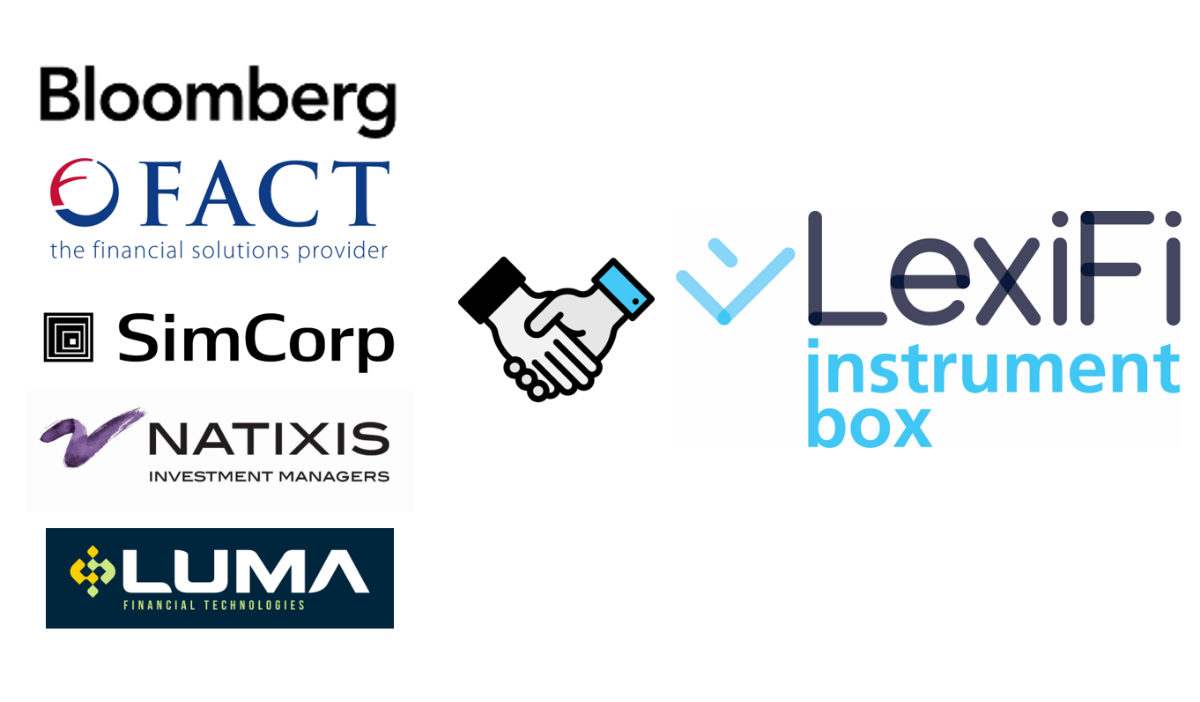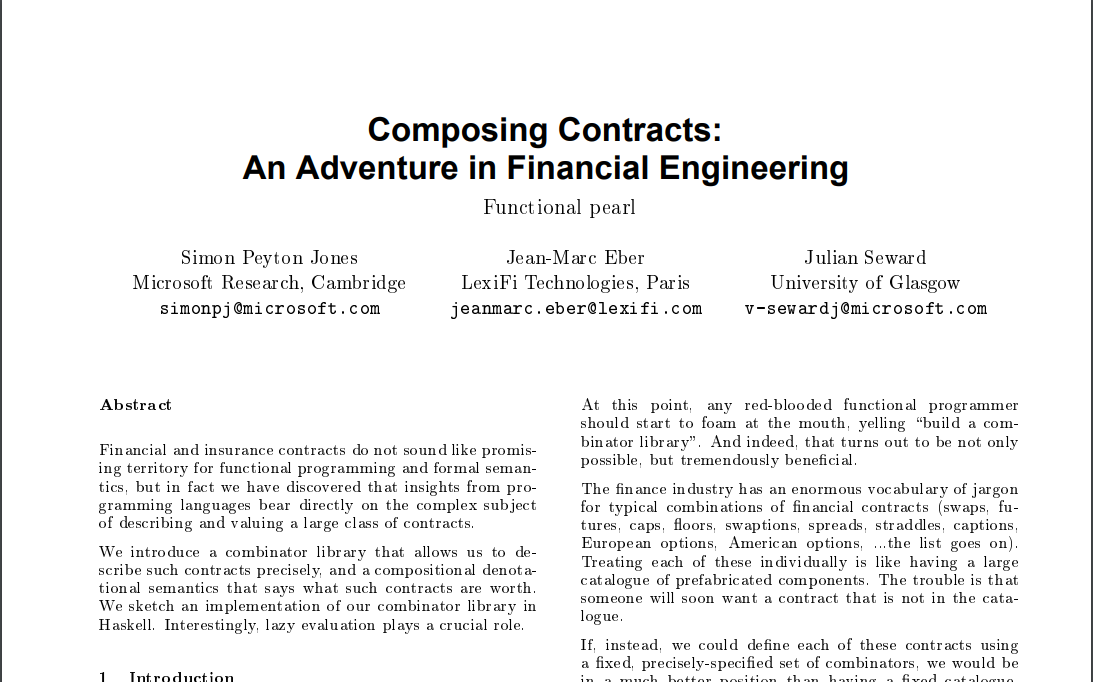Good Morning,
Welcome to this special Monthly Focus edition!
This newsletter is an interesting read if you would like to know more about LexiFi’s embeddable software component: Instrument Box. This component is designed to be embedded in new or existing third-party applications and packages LexiFi’s most advanced technology and functionalities.

Ever dreamed to answer YES to your clients/prospects when asked any/all of these questions?
- “Is your tool cross asset?”
- “Do you have a global coverage in terms of payoffs?”
- “Can my clients anticipate lifecycle events for any type of payoff? (i.e. cashflows, knock-in, knock-out, callable/puttable/switchable, exercise decisions, etc.)”
- “Can I compute lifecycle event probabilities?”
- “Is it possible to generate documents tailored to users’ requirements (TS, factsheets, KIDs, performance reports, portfolio reports, risk sheets, etc.)?”
- “Does your software allow me to run independent valuation/pricing? Including on the secondary market?”
- “Do you have a backtesting engine? Hum, I guess you have a clever way to handle callable payoffs.”
- “Just simple stuff, I need Greeks, VAR and Stress Testing, do you have these?”
- “My counterparty is providing me with products’ prices. I want an automatic P&L explanation; is this possible?”
If you answered “No” to any of the above, we have some good news:
Instrument Box is meant for financial technology companies and financial institutions who already have an internal solution (or a project to create a solution) but seek to improve (to ensure) agility and scalability with full coverage of derivatives and structured products: it is a component designed to be seamlessly embedded in new or existing third-party software applications.
LexiFi’s Instrument Box empowers external software with peerless financial modeling capabilities. Having access to such modeling technology for derivatives and structured products provides any application with leverage to extend and design new functionalities and reports. Our solution allows to respond to unmet analytical and processing needs, and to handle the inherent diversity of financial markets.
Tools to compute things such as independent valuations, advanced what if scenarios, lifecycle event monitoring, (almost) infinite product coverage, an unmatched document generator, … are now just a step away from your application!
“Instrument Box allows to design, price and process heterogeneous financial products in a framework that scales, while containing risks and costs.”

Why would you opt for Instrument Box?
-
To considerably reduce the time to market for software development, by combining your internal systems’ strengths with LexiFi’s capabilities
-
To reduce the inherent risks of software development projects. Let’s face it, the software and the construction work industries have few things in common when it comes to meeting deadlines and expectations…
-
To focus on your area of expertise and/or user experience, while benefiting from LexiFi’s know-how in financial product modeling on the back end
-
To quickly benefit from advanced features such as valuations, reporting, document generation and consistent life-cycle processing inside your software
-
For global product coverage, and the ability to expand internationally without too much concern about payoff differences between regions and markets
Full generic support of derivatives at a fraction of the usual costs
LexiFi’s Instrument Box provides a solid foundation to scale up any application!
Financial institutions look for systems that enable them to design, price and process heterogeneous financial portfolios in a secured framework. LexiFi has a 20-year track record of successful implementations in both financial and software industries. Instrument Box is continuously enhanced and developed following both technological evolution and customer demands.
It enables immediate full generic support of derivatives at a fraction of usual costs, and has been designed to uniformly support any kind of underlying asset (equities, FX, commodities, inflation, interest rates, etc.).
Using the same logic for all markets, Instrument Box allows for a unified approach both in terms of business functionality and technical implementation.
“Thanks to its orthogonal and consistent API, LexiFi’s Instrument Box allows developers to add functionalities in a snap.”

Well, this is no magic, it’s engineering…
Instrument Box gives access to LexiFi’s proprietary algebraic and compositional description of financial contract semantics: you may check our short article about LexiFi’s technology to know more about the magic.
For a historical perspective, you may read the academic paper co-written by LexiFi’s CEO Jean-Marc Eber, who suggested the first formalized algebra for describing rigorously financial contract payoffs.
Even if the technical implementation at LexiFi is radically different and continuous enhancements have been applied for the last 20 years, this paper demonstrates the tremendous advantage of using once for all a unified algebraic representation for all financial contracts.
The paper is co-written by Simon Peyton Jones, a Microsoft Cambridge researcher famous for his major contributor to the design of the Haskell programming language and Julian Seward, a compiler writer and Free Software contributor commonly known for creating the bzip2 compression tool in 1996 as well as the Valgrind memory debugging toolset.

Natixis’ experience using Instrument Box
Here is our Client Story webpage to read more about the use cases